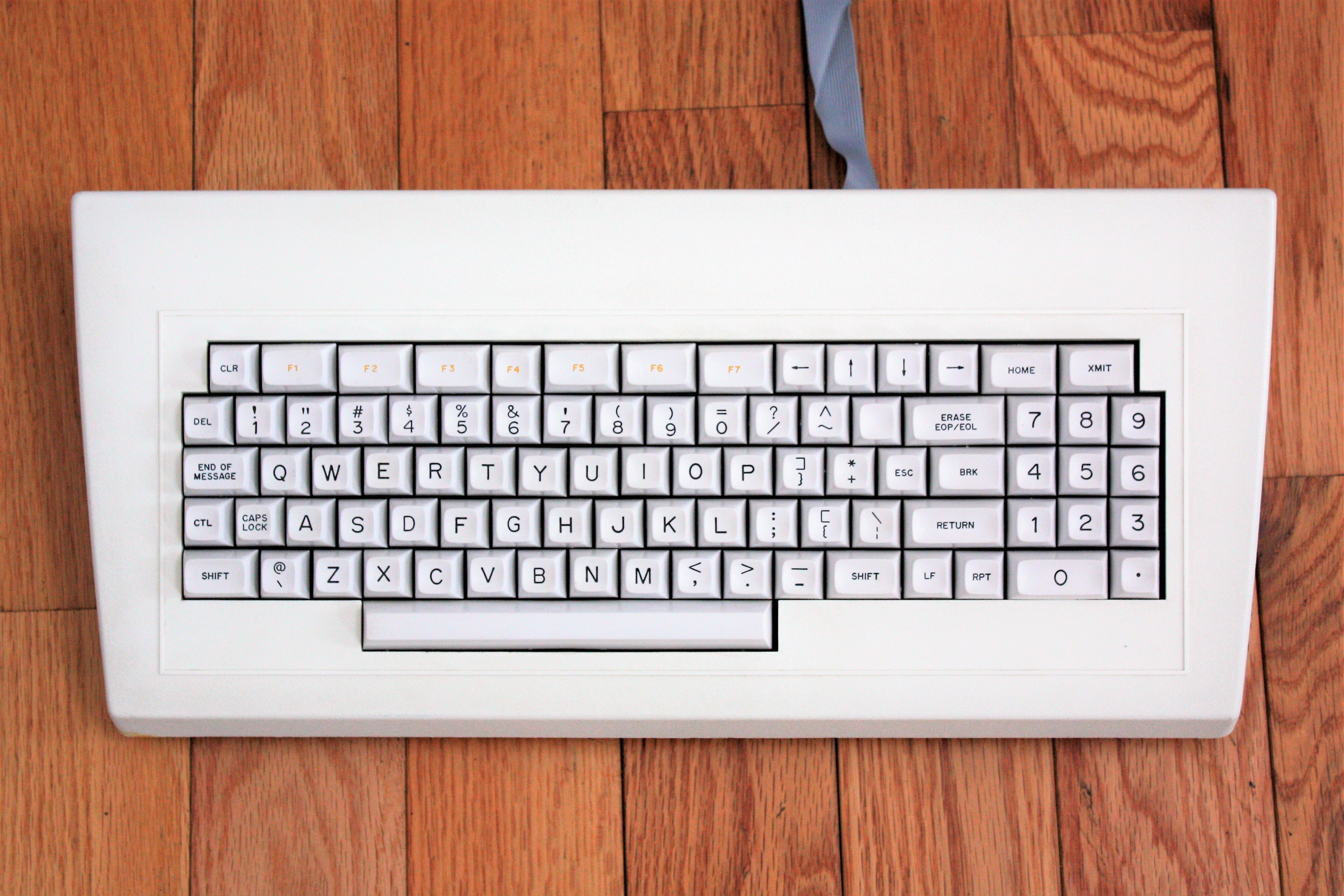The Knight keyboard was used with the MIT AI lab PDP-10 running ITS, and later also for the first Lisp machines before Kulp designed the infamous space-cadet keyboard. It has four modifiers: shift, control, top, and meta. ALT MODE is not a modifier but another name for ASCII Escape. ESC is not ASCII Escape; it's used for out-of-band commands to the terminal system. Tom Knight was inspired by the SAIL keyboard layout.


.jpg/1280px-Novena_%2B_Knight_keyboard_(16277937833).jpg)














Hello,
Would it be possible to adapt this to make Knight and SAIL keyboards?